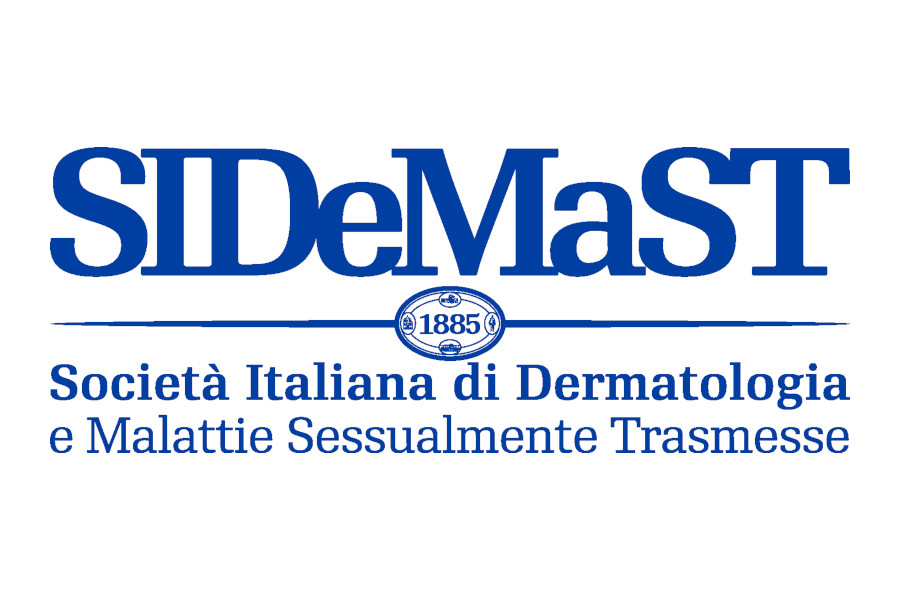Anthropometric factors and Breslow thickness: prospective data on 2570 cases of cutaneous melanoma in the population-based Janus Cohort
Br J Dermatol. 2018 Jun 1.
Segreteria SIDeMaST, 30 Jul 2018 09:33

Br J Dermatol. 2018 Jun 1.
Segreteria SIDeMaST, 30 Jul 2018 09:33

Background
Breslow thickness is the most important prognostic factor of localized cutaneous melanoma (CM), but associations with anthropometric factors have been sparsely and incompletely investigated.
Objectives
To examine prediagnostic body mass index (BMI), body surface area (BSA), and height, weight and weight change in relation to Breslow thickness, overall and by anatomical site and histological subtype; and to assess possible nonlinear associations between these anthropometric factors and Breslow thickness.
Methods
CMs in the Janus Cohort were identified between 1972 and 2014. Linear regression was used to estimate geometric mean ratios (GMRs) of Breslow thickness with 95% confidence intervals (CIs) according to anthropometric factors. Restricted cubic splines in generalized linear models predicted adjusted mean Breslow thickness, and were used to assess possible nonlinear relationships.
Results
Of 2570 cases of CM, obese patients had a GMR of 1·16 (95% CI 1·04–1·30) of Breslow thickness vs. normal?weight patients. For BSA and weight, quintile 5 showed GMRs of 1·13 (95% CI 1·00–1·27) and 1·17 (95% CI 1·03–1·33) of Breslow thickness vs. quintile 1, respectively. Associations seemed restricted to superficial spreading melanomas and CMs on the trunk and lower limbs. The associations plateaued at an adjusted mean Breslow thickness of about 2·5 mm (BMI 29 kg m-2, BSA 2·05 m2 and weight 90 kg), before declining for the highest values. No associations were found for height and weight change.
Conclusions
This large case-series of incident CM demonstrated positive associations between BMI, BSA, weight and Breslow thickness, and suggested that behavioural or other mechanisms apply at high values.